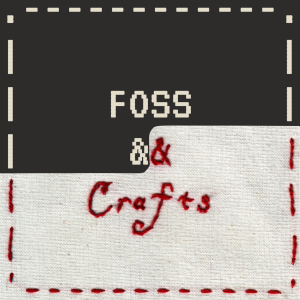In the first of two episodes on Morgan's dissertation we introduce the topic of women and textile production in the Roman Empire. Scholars have often viewed the domestic and commercial divide in textile production along gendered lines, associating domestic production with women in the context of the ideal of feminine virtue and commercial production with men working in centralized production centers. Here we use the cottage industry model to contextualize the role of women’s labor in the Roman textile industry, exploring the links between domestic production and commercial distribution.
Links:
Episode 26: Dr. Morgan Lemmer-Webber, an academic journey talks about the process of getting a PhD (from Morgan's personal experiences, your mileage may vary)
Episode 3: Textile production and a nostalgic past discusses Augustan propaganda and textile production and gives a summary of the stages of textile production from sheep to sweater.
The two Augustan versions of the Lucretia myth by Ovid, Fasti 2.722-751 and Livy, History of Rome 1.57.9 (Content Warning: rape, suicide, revolution)
Another instance of a woman's labor from Ovid, this time a more modest country woman who must weave cloaks etc before winter to protect her family from the cold: Ovid, Fasti 4.687-714.
Hitchner, Robert Bruce. 2012. "Olive Production and the Roman Economy: The Case for Intensive Growth in the Roman Empire." In The Ancient Economy, Taylor and Francis. Partial text available on Google Scholar.
Barber, Elizabeth. 1994. Women’s Work: the First 20,000 Years: Women, Cloth, and Society in Early Times. New York : Norton.
Lena Larsson Lovén has written extensively on both the iconography of textile production and the performative relationships between women and wool work in the Roman Empire.
